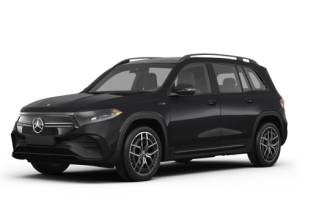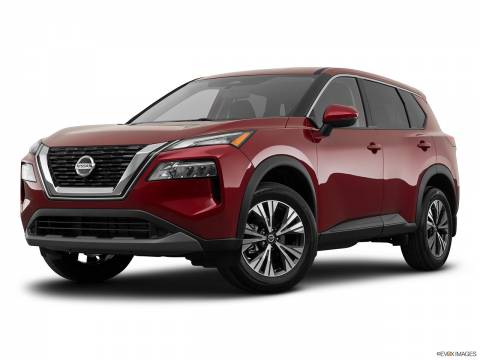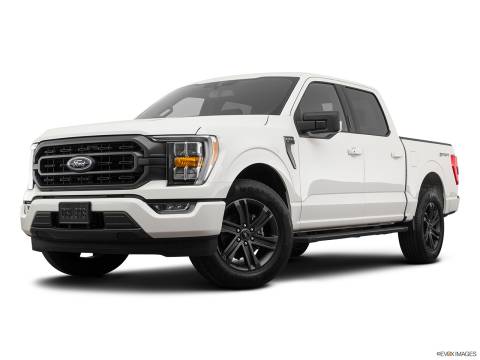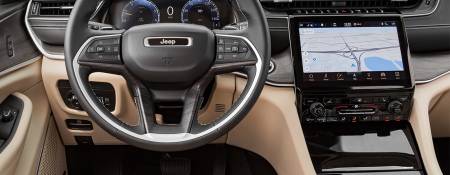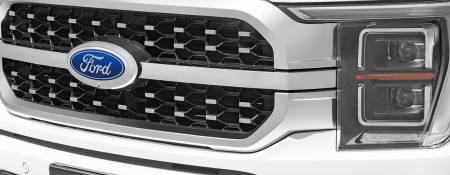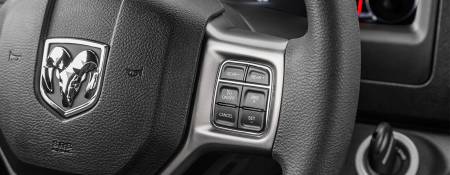When you are looking for a car to lease, there are two mainstream alternatives: getting a new contract on a car dealer or acquiring someone else's lease contract. On this article, I will talk about how these two compare, regarding the good and bad things that would represent to go either way: a new car leasing or a lease contract takeover.
Keep in mind the following: all technical differences will be explained from the point of view of the person who will acquire the vehicle. It is evident that on a lease takeover, the person transferring the contract would be acting as a "dealership" for the car, as will be literally negotiating a deal with a new signer.
Monthly Payments (or bi-weekly, weekly...)
I have to talk about payments first as here is where, for sure, the main difference relies on. I've seen contracts with up to a 12,000 down payment. Impressive, huh? Well, imagine you see a listed lease takeover of an 800CAD/month Mercedes-Benz available for only 480CAD/month. If you were looking for that car, that deal would fly away.
The monthly payment is something you can negotiate with a dealership the same way you could with a lease takeover with the main difference: the "down payment direction." On the new car lease, it goes out of your pocket while on the lease takeover, it regularly goes into yours. And I mean regularly because in the previous example I mentioned about the Benz, the takeover owner can easily ask for "a 6,000 cash" to get his deal, and still would be a good deal, but that isn't a typical case.
Getting back to the "down payment direction," this is where the main difference relies on the takeover:
- New Car Lease: Putting money down will reduce the total debt amount for the lease.
- Lease Takeover: (from the new signer perspective) Getting money will reduce the total debt amount.
Mechanical Warranty
Technically, if you lease a vehicle for five years and full warranty coverage, or if you take over a lease with coverage the entire remaining term, it is the same. Having a warranty is "the warranty" that any mechanical issue with the vehicle, won't be your problem. It will be entirely up to the warranty provider, usually the manufacturer.
Lease vehicles are "rented" with a high probability of being sold again in the future as used vehicles. These will still be completely functional, will retain an actual market value and manufacturers itself build these to last longer than the standard most extended lease term of 5 years. Although it is regularly the same with all vehicles, there is always a probability that a car may have multiple issues in the long run, but it is part of the risk of building any kind of product, right?
Now, jumping into a lease either from a dealership or a takeover having some period of the rent without manufacturer warranty is not always a good idea. Some models have been tested though among years, like the prestigious reliability of the Honda Civic, but it doesn't mean that on every generation it may work that well. Either jumping into a takeover or leasing a brand new car, always consider the risk of being without warranty during part of the contract term to be balanced with a good cash incentive (in the case of a takeover) or with a good deal (when leasing new).
You can always negotiate those points and find a perfect midpoint for both parts to meet and come up with an agreement.
Vehicle Physical Status or Damage
The painting, seats, the multimedia systems, speakers, and the vehicle interior are not literally "mechanical parts" of the vehicle, and all of these fit into a category known as "Physical Status." Obviously, a brand new vehicle status should always be as great as when it was assembled and manufactured, while a lease transfer one, will always have some "detail."
But that is OK. Vehicles are not stored inside a box and moved carefully around. Cars drive around on potholes, tight parking spots, bushes, rocks on the road, weather conditions, ice, snow... the sun! When you take over a lease, you won't be signing a brand new car; you will be signing a "used one" under leasing conditions.
So, what makes the difference here? The Wear & Tear Coverage. I've talked about the importance of it in previous articles, but essentially, when it comes to the comparison between a new car lease and a takeover:
- On a new car leasing: Always take it, the damage will occur no matter what.
- On a takeover: Damage happened and will continue, so: First, ask for the Wear & Tear transfer if the original contract had it. Second, if not available, then you should ask for an incentive fair enough to balance with the current status of the vehicle and your expectations in the future.
Winter Tires, Add-ons & Extras
In Canada, it is almost a default to have 2 set of tires. And it is also highly probable that, if you are transferring your vehicle to someone else, it is either because of one of the following reasons:
- You are moving.
- You changed your job.
- You need a bigger/smaller one.
- You don't need it anymore.
The fact that you don't need a specific vehicle anymore, makes it a whole package with all extras that come around it. Unless you are switching to a car that uses the same exact rims and tires, the same rack, the same "WeatherTech" floor mats... you will be likely to get rid of these too. In this case, you will be transferring a bigger package than the one you initially got from the dealership, all of these add-ons, of course, as incentives.
Technically, a new car lease would need to add all those customizations on top of the original pricing if you got these from the dealership. If you added these later, way better for pricing purposes as you would be transferring a vehicle with an "average payment" and lots of extras, instead of a "higher payment" because of all the extras.
And if you are taking over a lease, back again, a cash incentive can always balance any difference between what is being offered and what you think it is worth to "go ahead with."
Each Deal is Different
Remember that deals respond to multiple factors, including credit score, add-ons, vehicle trim, It is just a matter of analyzing all details for each deal. Feel free to explore our Lease Takeover Marketplace and carefully examine the incentives offered by our visitors. There are fantastic deals out there to be taken.





